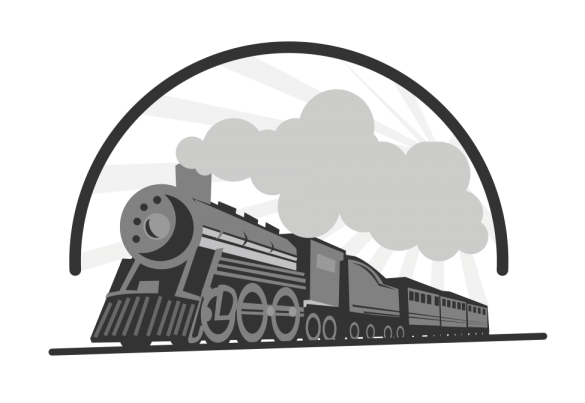FAQ
What Is a Fallen Flag?
In railroading terms, a “Fallen Flag” refers to a railroad or transportation company that is no longer in operation. As it relates to this project, the following railroads were all interacting with each other in 1970, but are no longer in business today: Southern Pacific; Atchison, Topeka, and Santa Fe; Northern Pacific; Great Northern; Chicago, Quincy, and Burlington; Burlington Northern.
What Is Z Scale?
Z scale was developed by Märklin in the early 1970’s, and is the smallest of all the working models — so small that a little layout could potentially fit in a briefcase. Today, Z scale is one of the fastest growing segments of the model railroad hobby. However, because it is so small, there are many details that people like which cannot be properly represented.
What Is N Scale?
N scale is a popular model railway scale. Depending upon the manufacturer (or country), the scale ranges from 1∶148 to 1∶160. The terms N scale and N gauge are often inaccurately used interchangeably, as scale is defined as ratio or proportion of the model, and gauge only as a distance between rails.
What is HO Scale?
What is S Scale?
S Scale trains appeared in the 1950s (American Flyer was one of several popular brands) as houses grew smaller. Its chief advantage was size; larger than HO for more detail and improved reliability, but smaller than O Scale so less room was needed for a layout. Today, the selection of kits and assembled items is small, but this has made S Scale popular with modelers who enjoy the challenges of scratchbuilding and kitbashing.
What is O Scale (also refers to On30, 027)?
What is G Scale?
What is track guage?
Track gauge refers to the distance between the rails. Typically, the term “standard gauge” means rails that are 4′ 8.5″ apart, or 1435 mm. Narrow gauge is anything less than that. The distance is measured between the inside surfaces of the railheads. As an example, HO scale (1/87 proportion), standard gauge rails are 16.5 mm apart.
What is a “prototype” model railroad?
What does “point to point” mean?
What is a continuous loop?
A model railroad that has effectively at least one “circle” or circuit of track, so that trains may run continuously is called a continuous loop.
What is DCC?
Can DC locomotives be run on DCC track, and vice versa?
Essentially, yes to both. Many DCC systems have an option to use address 0 (zero) to run DC locomotives. Note that the motors will make a high pitched whining noise and there is the possibility they will wear more quickly. Meanwhile, many DCC decoders have an analog feature that is often set to the “on” position by default, so they will run on DC. DCC locomotives, especially sound equipped locomotives, will generally take a lot more throttle to get moving than a DC locomotive.

